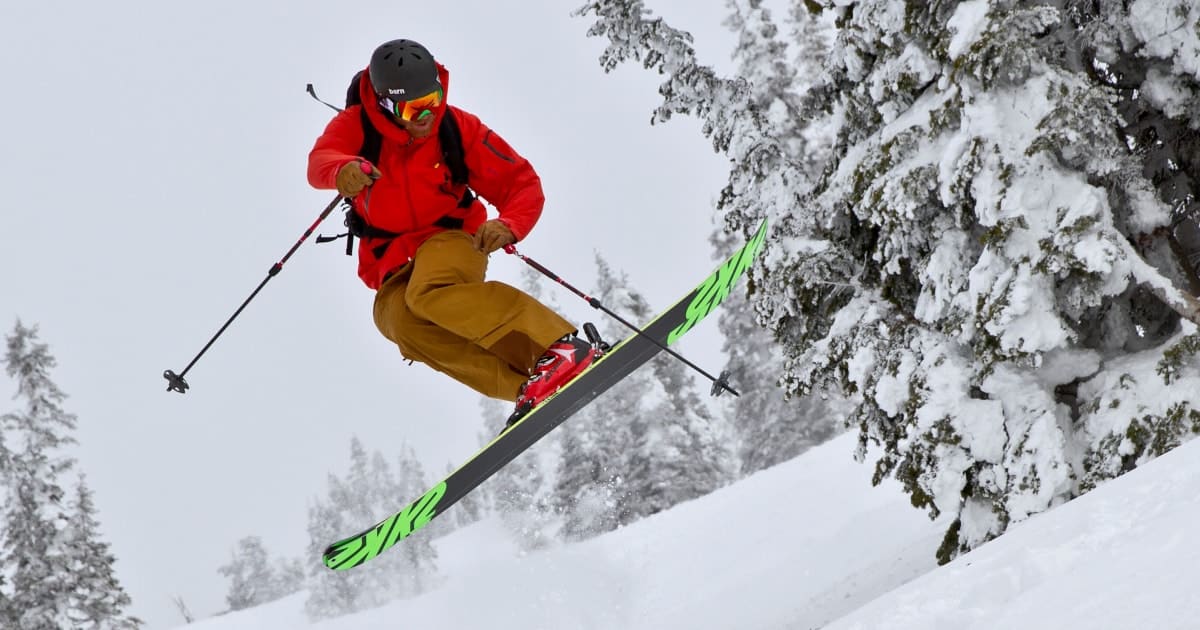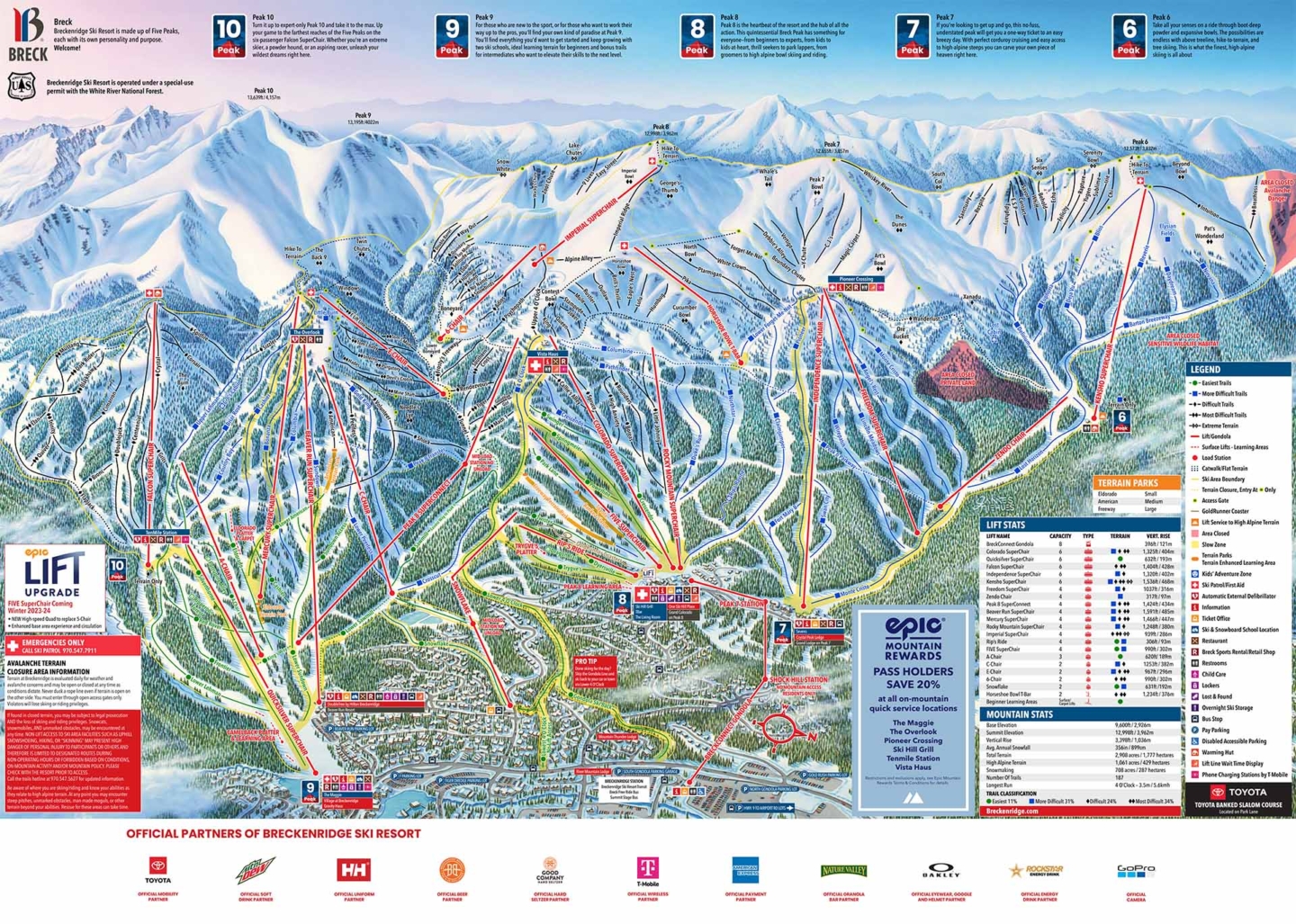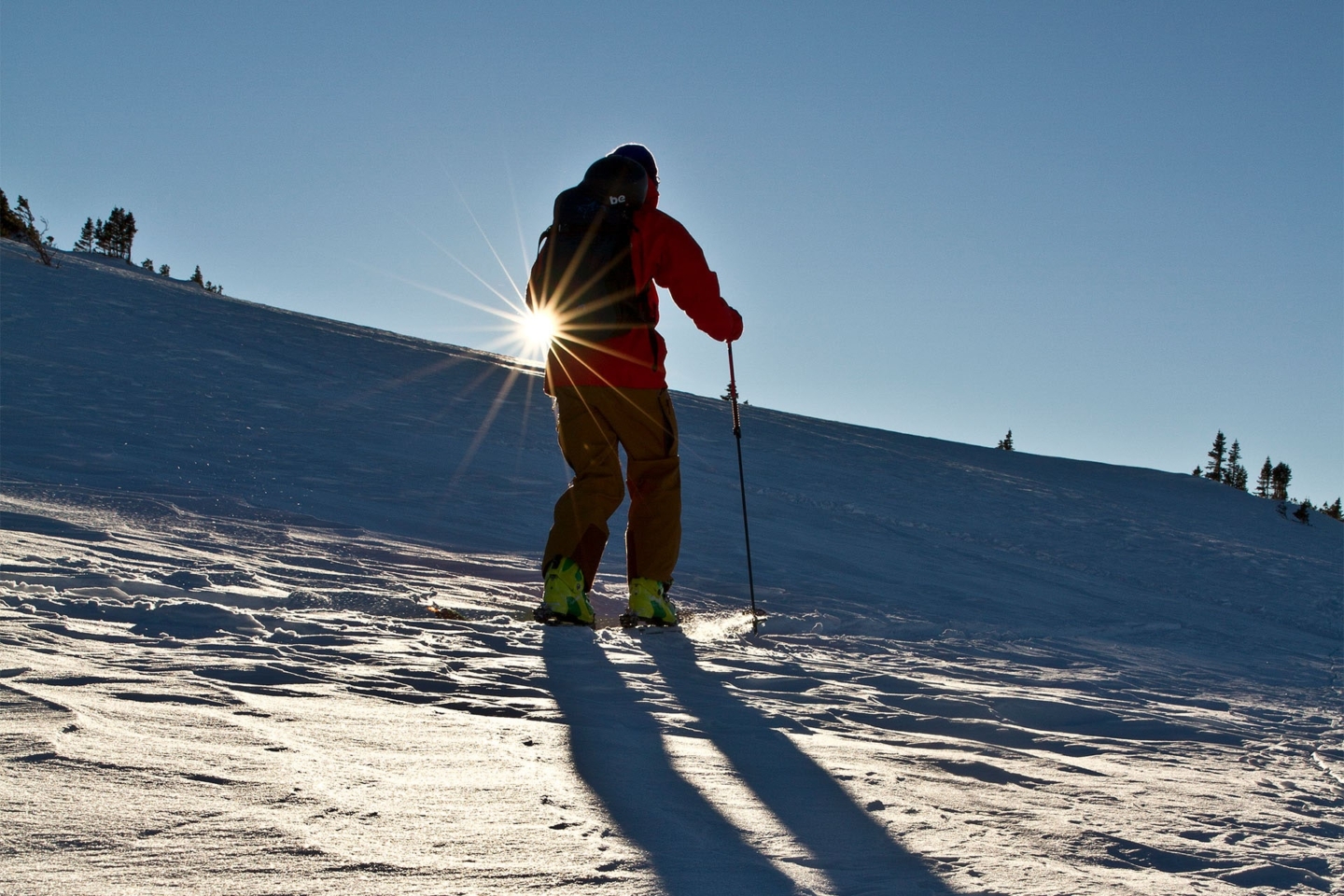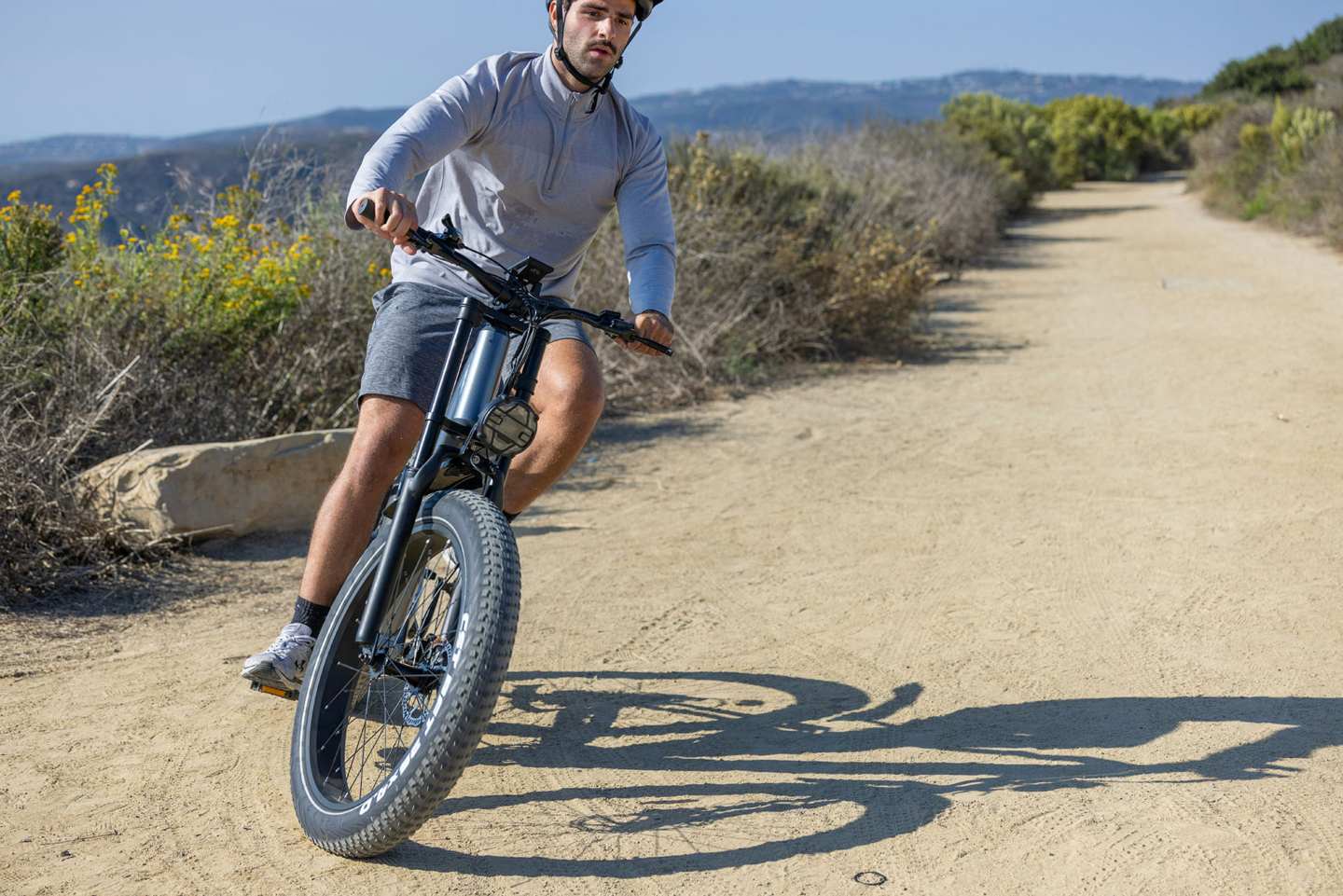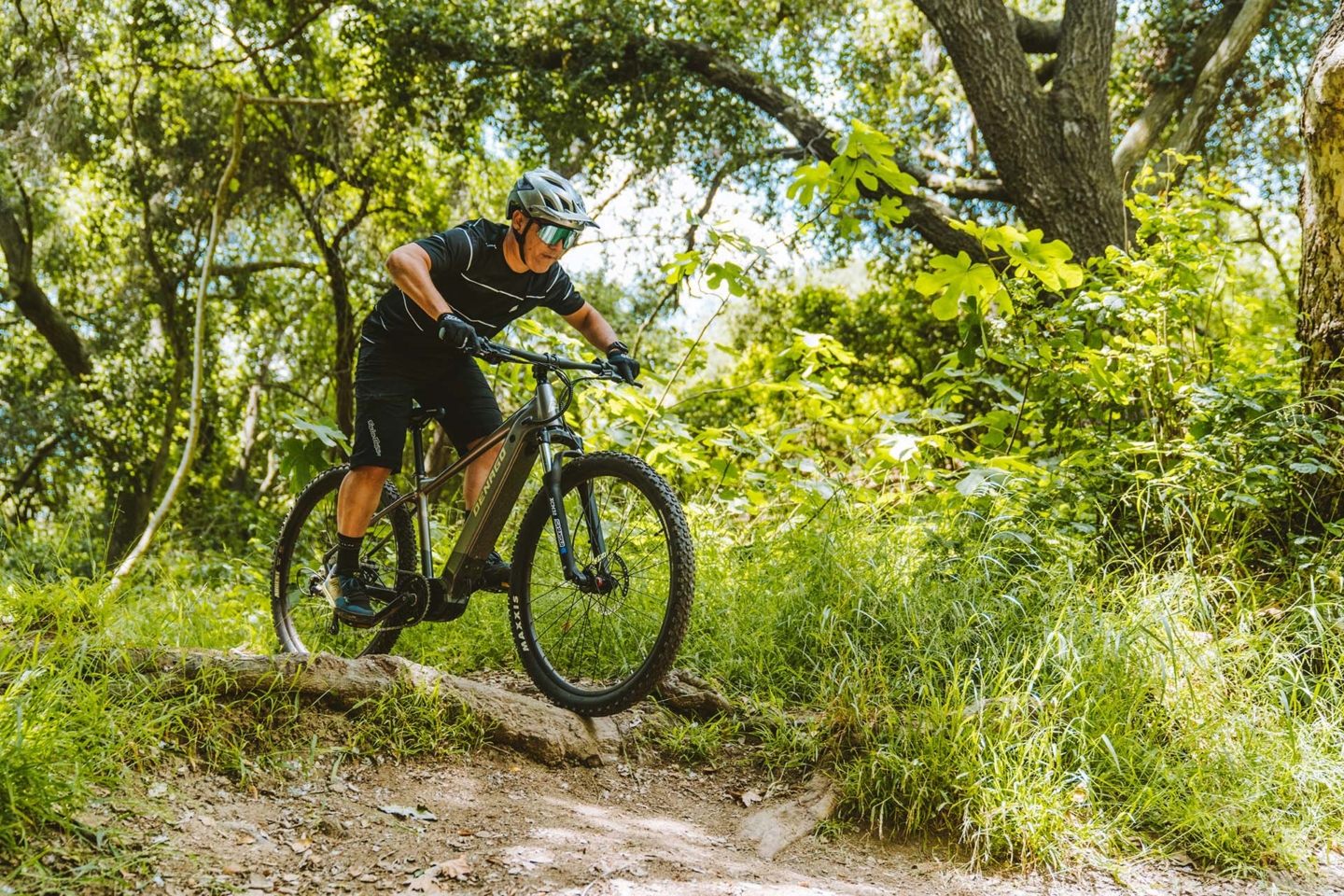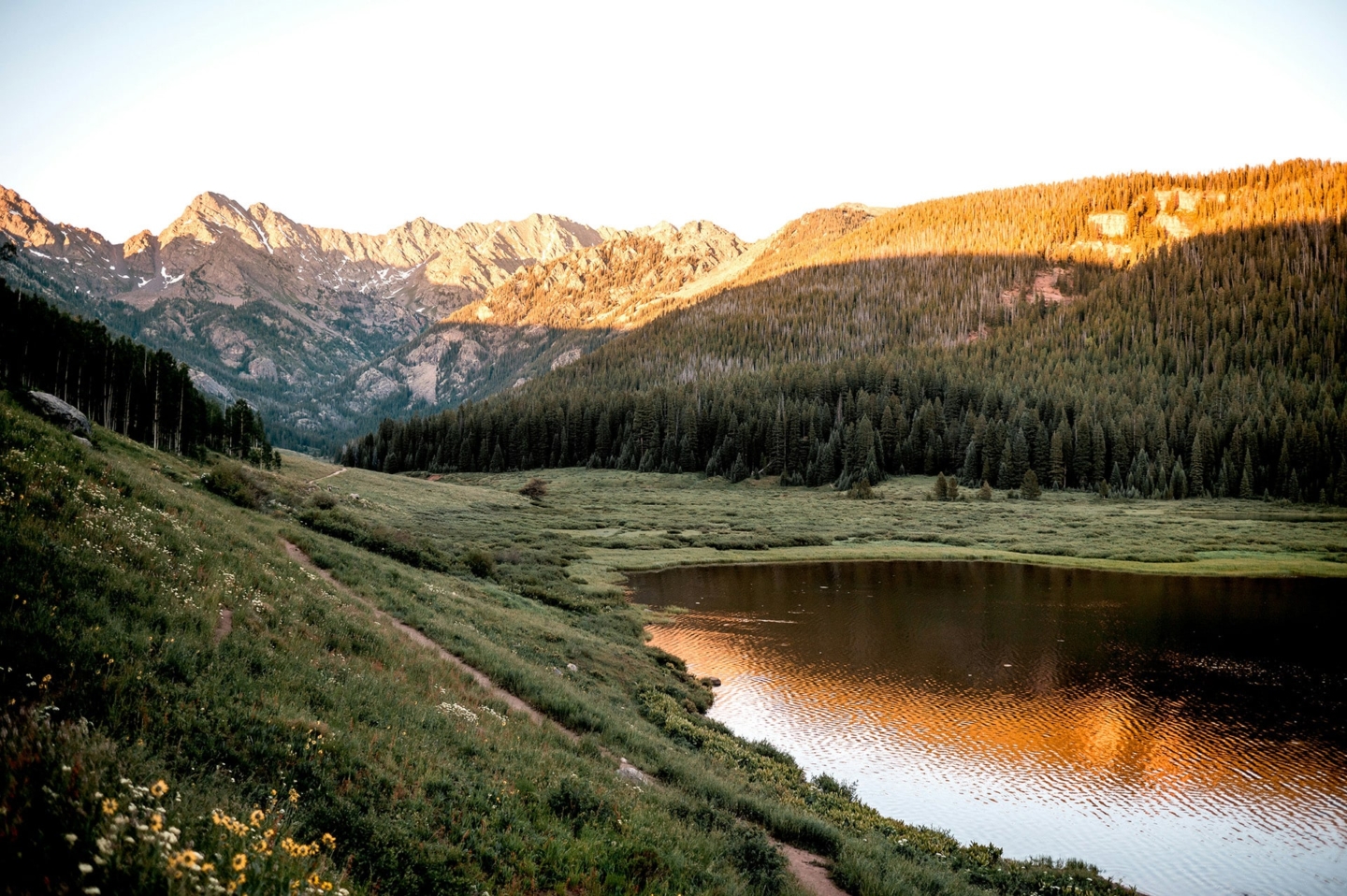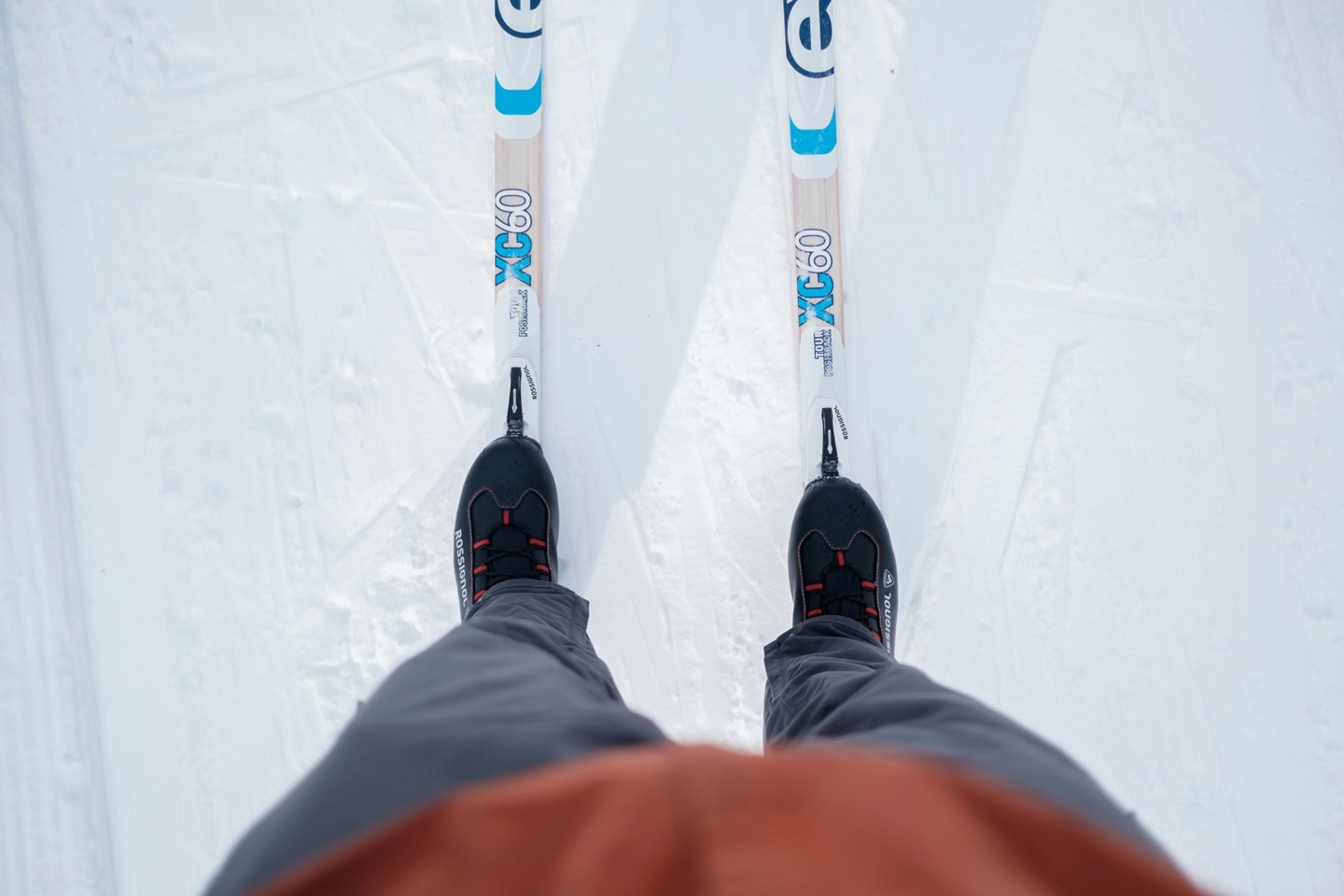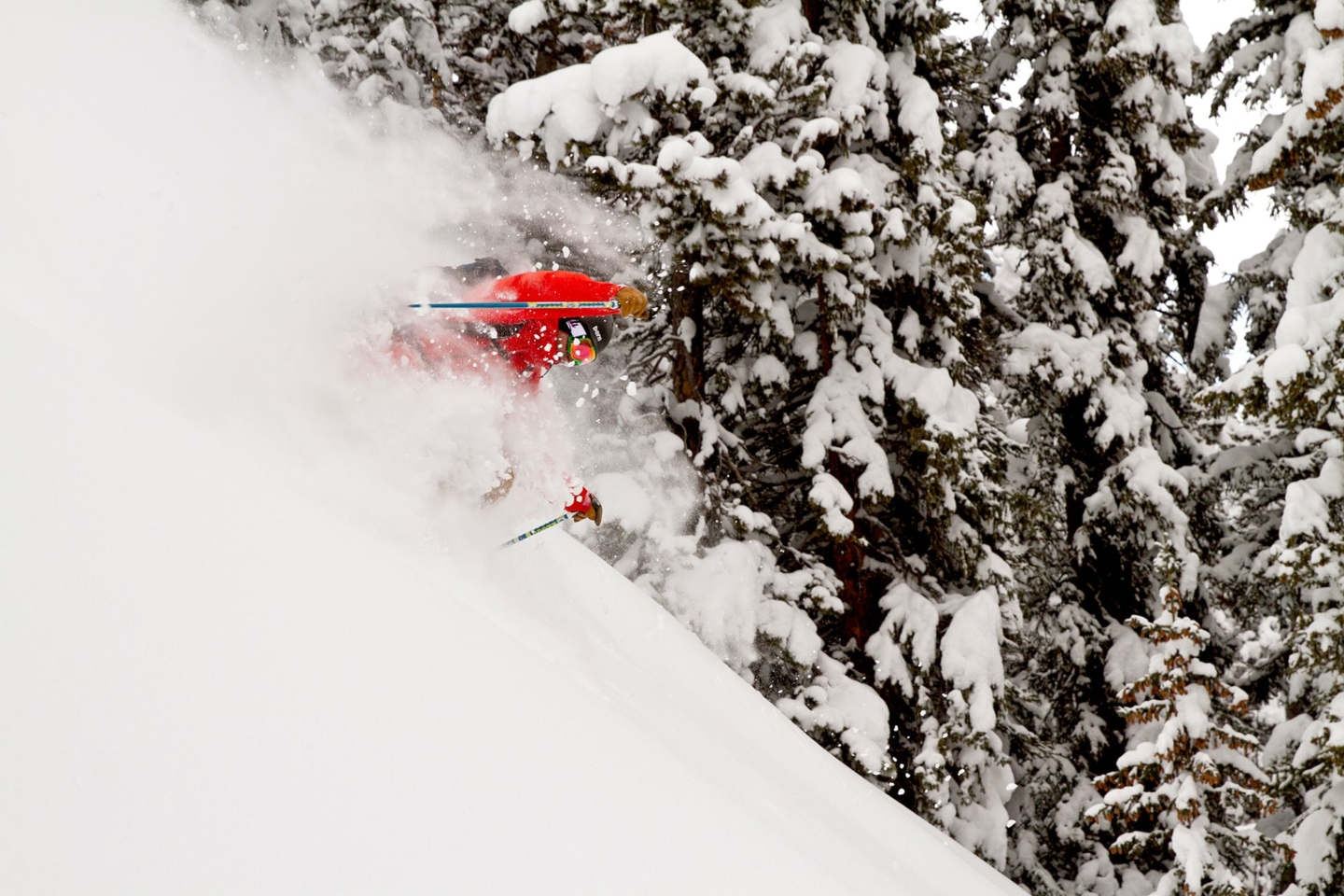The Best Time to Go Skiing in Colorado
Colorado’s Rocky Mountains are a great place for skiers and snowboarders with some of the...
Discover Peak 6 Breckenridge
Welcome to Breckenridge Ski Resort, one of the most iconic alpine destinations in the United...
The Hidden Pitfalls of Rental and Lift Ticket Packages
Planning a ski trip can be easier if you bundle rental equipment and lift tickets...
Ride the Best Mountain Biking Trails in Breckenridge
Breckenridge, Colorado, known for its world-class skiing, transforms into a mountain biking paradise during the...
Rent Electric Bikes in Breckenridge
Breckenridge, Colorado, is the premier destination for outdoor enthusiasts, offering breathtaking scenery and an array...
Summer Events & Activities in Breckenridge
Summer in Breck is nothing short of awesome. From extreme mountain biking to mellow hikes,...
Discover Outdoor Summer Adventures in Vail
As the snow melts and the flowers bloom, Vail transforms into a summer paradise for...
How to Pick the Right Ski Size: A Comprehensive Guide
If you are new to skiing or looking to upgrade your equipment, it is crucial...
4 Reasons to Choose Base Mountain Sports over Epic Mountain Sports
Choosing the right shop for ski or snowboarding rentals in ski areas throughout North America,...
Your Beaver Creek Family Ski Rental Guide
Planning a family ski vacation in Beaver Creek? Great choice! Beaver Creek is the best...
Your Vail Family Ski Rental Guide
Planning a family ski vacation in Vail? Whether it's your first time on the slopes...
Your Breckenridge Family Ski Rental Guide
Planning a family ski vacation in Breckenridge? Whether it's your first time on the slopes...
